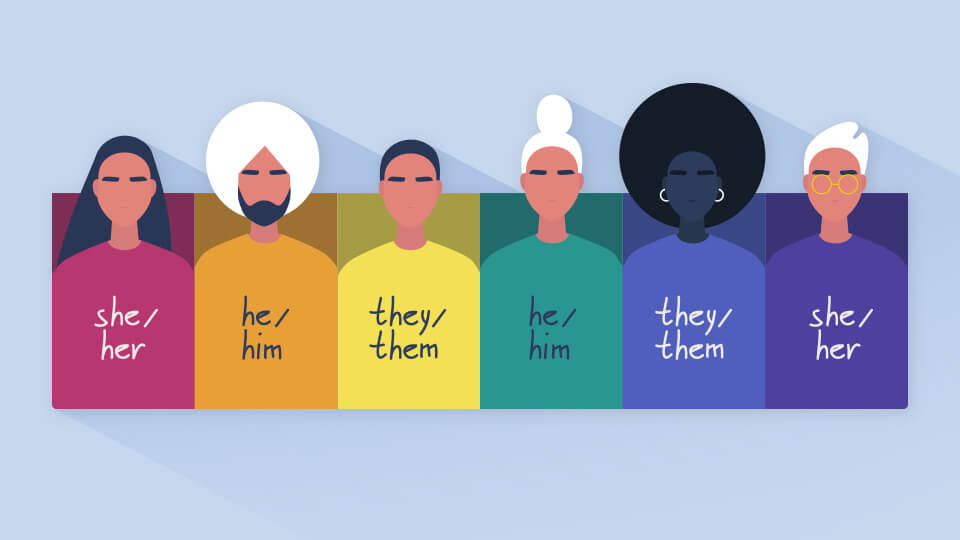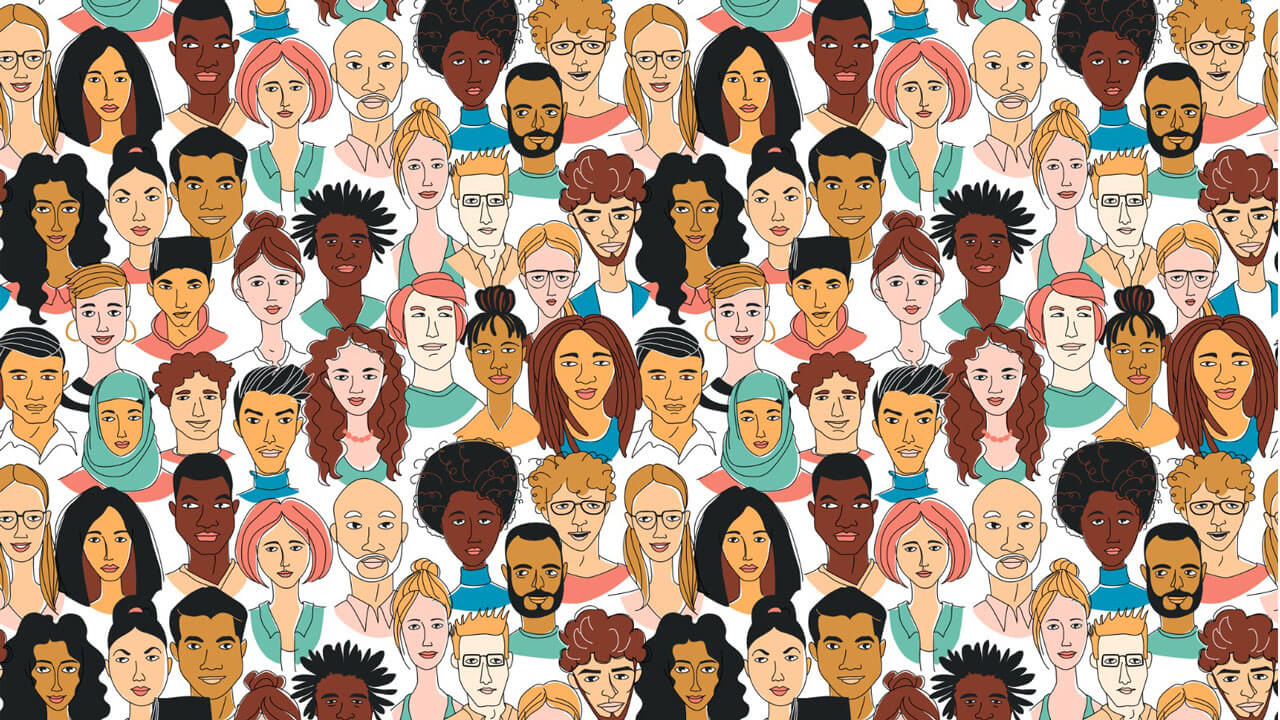Shakira and Jennifer Lopez brought Latin American sparkle to the Super Bowl Halftime Show in Miami, which not only became a showcase of female inspiration/empowerment/success, but also served as a reminder for ALL Americans of the influence of Latinx pop culture upon this country. The unabashedly Latinx-proud performance (complete with a feathered, dual American/Puerto Rican flag cape, as modeled by J.Lo) generated approximately 2 million more viewers than the game itself (about 104 million to 102 million).
A week later in Los Angeles, the 92nd Academy Awards kicked off as a predictable affirmation of film excellence amongst the echoes of a near #OscarsSoWhite, with few nominees of color in the acting categories and no female directors. Halfway through the ceremony, to elated shock, Taika Waititi became the first indigenous person to win Best Adapted Screenplay. Soon after, Bong Joon-ho’s Parasite won Best Picture—the first non-English language film to take this coveted award.
And yet, the events of early 2020 have shown that we’re still missing the mark.
Culture is influenced by the images and ideas that the entertainment industry puts out into the world—advertising included. Going beyond these timed events, minorities consistently lack presence in media outlets year-round, ranging from television and film to advertising.
Which is why it’s oxymoronic and paradoxical when they do gain a presence and are criticized for how they use that presence—how they dress, how they dance, what language they speak, etc.
We, as content creators and marketers, have to start addressing multiculturally-diverse audiences, because, per a U.S. Census Bureau report, “more than half of the nation’s children are expected to be part of a minority race or ethnic group” by 2020. By 2060, nearly 30 percent will be Latinx, according to projections from the U.S. Census.
The time is now. Our nation is changing, necessitating that we change our approach.
There are whole areas of study dedicated to representation and the consequences of “symbolic annihilation,” a term coined in 1976 by researchers George Gerbner and Larry Gross. The term refers to the belief that if one doesn’t frequently see people like you in the media one consumes, then that is equated to being unimportant:
“Representation in the fictional world signifies social existence; absence means symbolic annihilation,” the two reseachers retorted. In other words, you can’t be what you can’t see, and the world in which we belong will only exist if we create it.
Currently, the impact of the coronavirus pandemic on minorities is also a grim reminder of why more meaningful representation is needed—always. Minorities are dying of COVID-19 at a disproportionate rate, and many anticipate that the long-term economic impact might also hit minorities especially hard.
As we start to see the faces of the COVID-19 heroes on the media and recent campaigns, it will be vital for minorities to see themselves represented across the spectrum—from first responders and hospital staff to restaurant and delivery workers. This could, at least, forward the cause of combating the systemic racism from where such unevenness and inequalities stem from.
We need to keep having these nuanced conversations, throughout 2020 and beyond. Change is slow — and yet, imminent. It requires all of our efforts, our total commitment — and less denial and ambivalence on where we’re at today.







